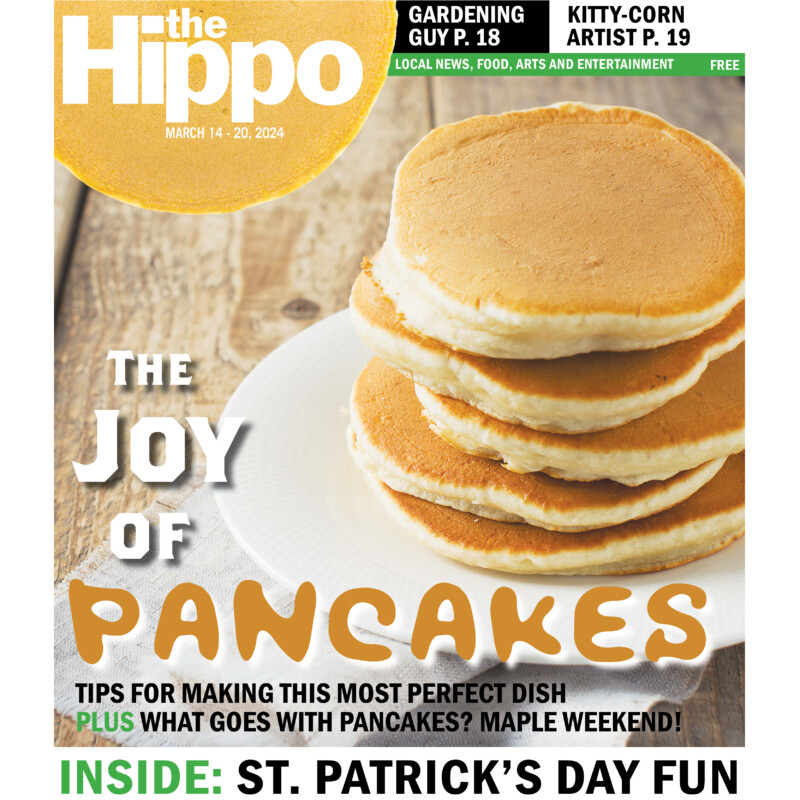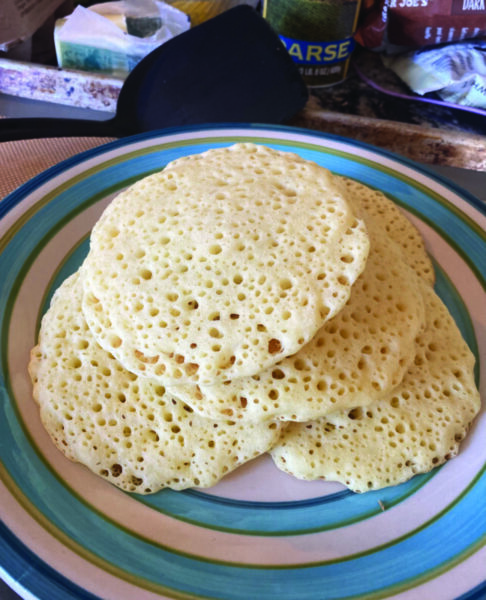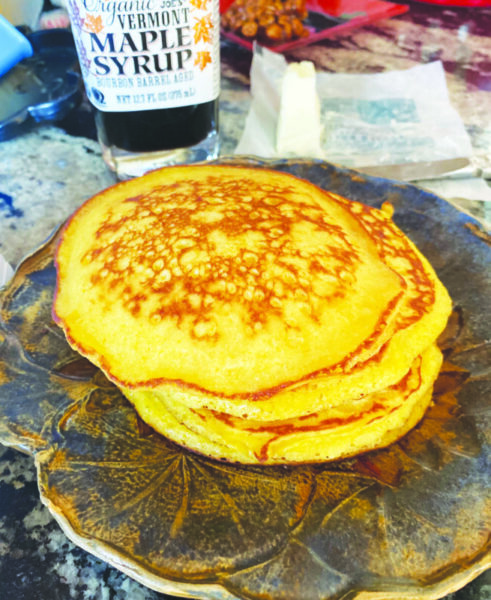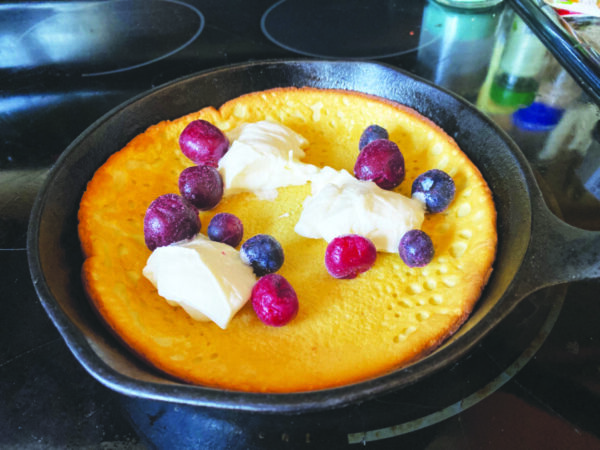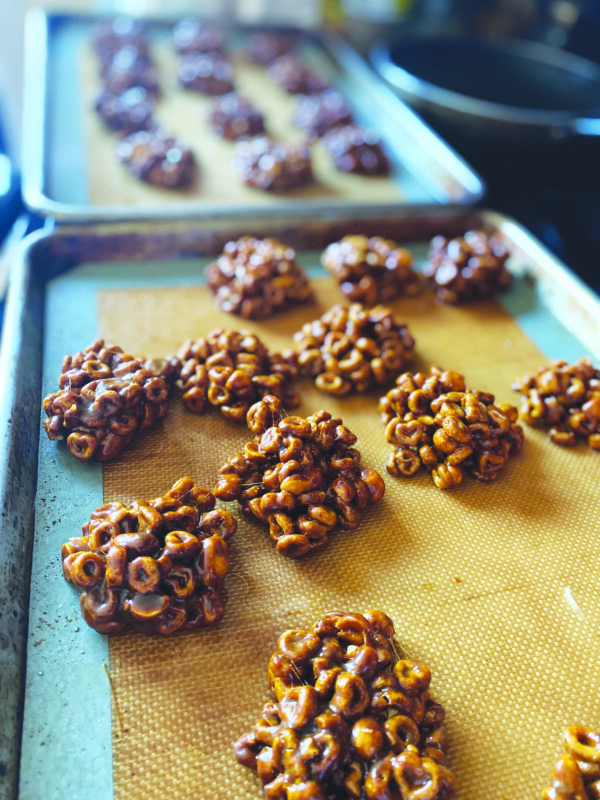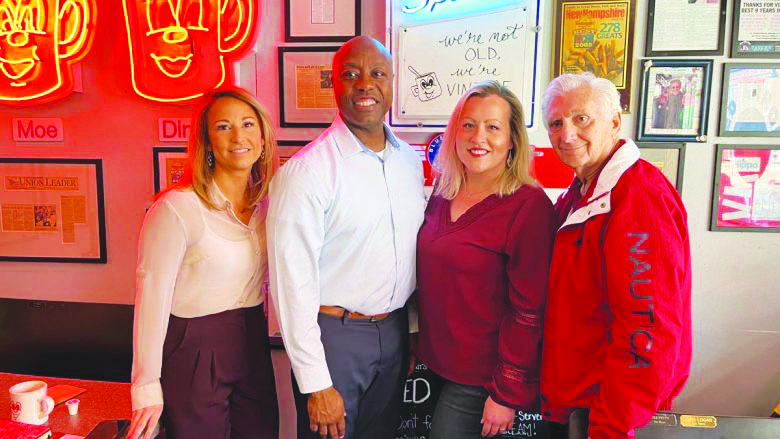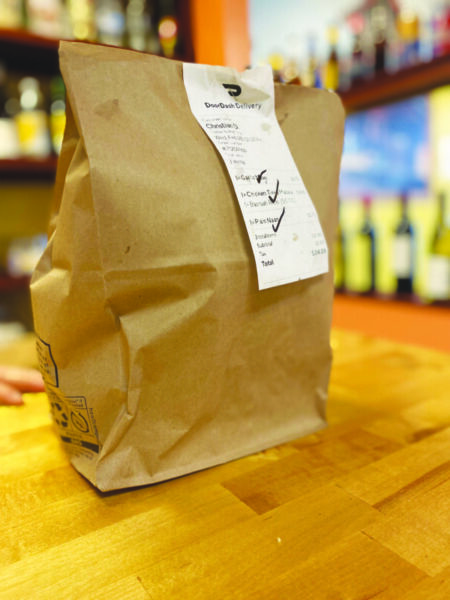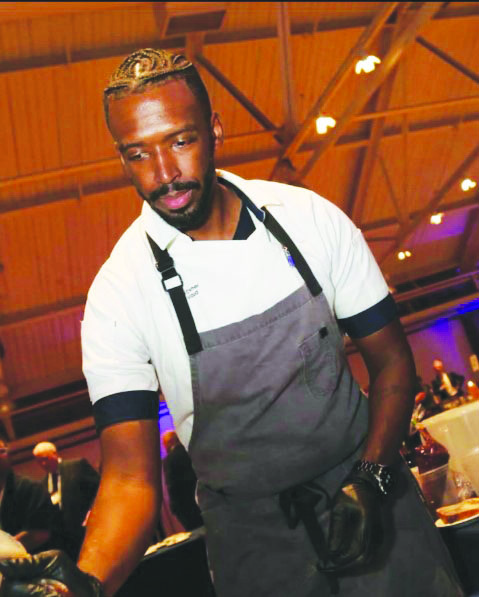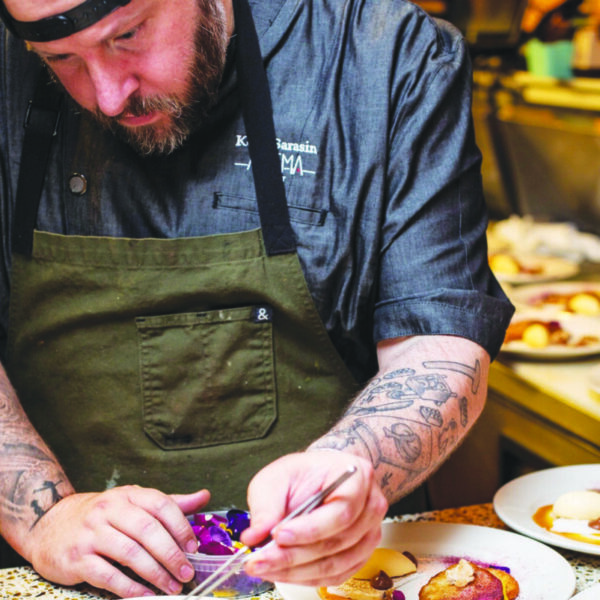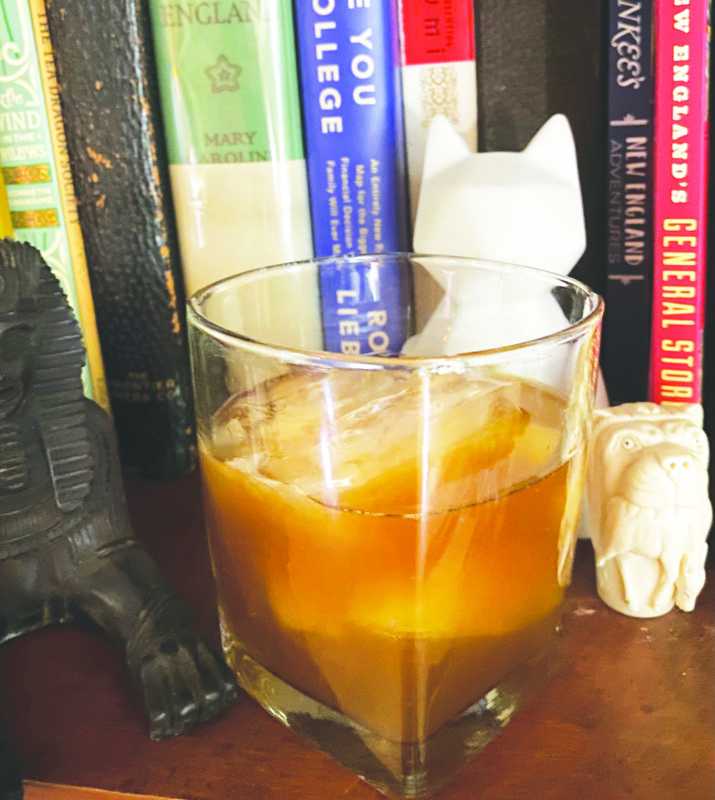New Hampshire celebrates Maple Weekend
Each year, on the third weekend in March, the maple producers of New Hampshire celebrate Maple Weekend, a statewide event to share the maple syrup making process with the public. Dozens of local producers will hold open houses on Saturday, March 16, and Sunday, March 17. According to Andrew Chisholm, President of the New Hampshire Maple Producers Association, this maple weekend is very important to New Hampshire’s maple producers.
“There will be lots of unique opportunities for visitors to see a multigenerational tradition, first-hand,” Chisholm says. “For us, this is like the Super Bowl and Daytona 500 wrapped up into one.”
The participants represent a wide spectrum of producers, from large operations that produce several thousand gallons of maple syrup to hobbyist producers who finish the season with less than 100.
Big or small, one thing that all the maple producers agree on is that this has been a rough year for maple production.
The weather hasn’t cooperated. According to Darcy Lefebvre of Peterson Sugarhouse in Londonderry, maple producers need a combination of cold nights and warm days to collect enough sap from maple trees to make syrup.
“It’s been a really weird winter,” she says. “It’s been either too frigidly cold this winter, or the nights have been too warm.”
According to Emily Sliviak, the operations manager for Ben’s Sugar Shack in Temple, this will probably be a short maple season as well.
“If the weather continues to be this warm, the maple trees will wake up and start to bud; that leads to some ‘ropey’ [off] flavors,” she said.
According to Christopher Hicks, owner of the Sugarhouse at Morningstar Farm in Plaistow, this is not an isolated phenomenon.
“This is shaping up to be an especially tough year,” Hicks said. “It’s an El Niño year,” he explained, referring to a weather pattern that often blows mild weather into New England. “It’s affecting producers all the way up to the north of the state and into Quebec. That’s farming, though; last year there was too much rain for us to harvest much hay, and the year before that there was a drought.”
Hicks said there are a lot of factors that affect the quantity and quality of sap.
“The trees aren’t developing their sap now,” he said. “That all happened last summer. They [the maple trees] need a lot of sunlight and water to develop the sugars that go into syrup.” Over the past couple of years, he said, New Hampshire has gotten a lot of one or the other, but not in the right ratio for sap production. This year Hicks is expecting to produce a little more than 10 percent of the syrup he would in a good year.
“I’ve heard that some farms are getting as much as 50 percent, but that’s not what anyone hopes for,” Hicks said.
Dale Smith, owner of Mt. Crumpet Farm in New Boston, is excited by the changes in the maple syrup this year. Even though there is less of it, the syrup this year is darker than usual, with a stronger maple flavor.
“Early-season sap makes a lighter syrup,” Smith said; it gets darker throughout the season. This year’s syrup has been darker from the start. He likes that. “Everyone thinks they like lighter syrup,” he said, “but in blind taste tests, almost everyone prefers the dark.”
You get the feeling, talking to maple producers, that they really enjoy what they do. They get to spend time outdoors, working with their hands and producing a tangible, delicious product. But most of them seem especially excited about the equipment they get to work with. Darcy Lefabvre says that the No. 1 item on Peterson Sugarhouse’s “I Want” list is a reverse osmosis system, which can remove up to 40 percent of the water content from sap before it even gets to the boiler that cooks it down into syrup.
“We’re trying to do a little bit more each year, and we’d love to have reverse osmosis here,” she said.
Emily Sliviak agrees.
“We have one of the largest R.O. systems in the country,” she said. “It’s really advanced; we can control it from our phones. It’s a real game-changer.” She says that going out to the sugar house in the middle of the night used to be one of those things that a farmer just had to do. Now she and her husband have a better chance of sleeping through the night.
Marc Fortin of 2 Sappy Guys in Bedford puts it more succinctly: “There’s so much equipment to play with,” he said, “so much shiny equipment….”
This year’s Maple Weekend is shaping up to be a big one. Christopher Hicks, one of the biggest maple producers in the state, with almost 10,000 taps in operation, is enthusiastic about Maple Weekend.
“We’re expecting between 6,000 and 7,000 visitors this year,” he said.
Emily Sliviak said Ben’s Sugar Shack is planning several activities, from wagon rides and sugar-on-snow to tours that show visitors how the syrup is produced.
“We start tours every 10 to 15 minutes,” she said. “We take visitors out to see how we collect the sap — our plastic lines and some of the old-fashioned buckets. They have a chance to watch us boiling [the sap into syrup], and we give out samples of the syrup and some of our maple products.”
Marc Fortin is excited about showing off his operation.
“We’re not usually open to visitors,” he said, explaining that because he produces such a small amount of syrup — he estimates about 50 gallons this year — he doesn’t boil frequently enough to have regular hours. “We’re hobbyists,” he said.
Levi St. Germain of MapleSaint in Deerfield is looking forward to a relaxed experience at his open house. “People come, get to see the evaporator working, and ask a lot of questions,” he says. “Some people stay for a couple of hours; some stay 10 minutes.”
Like many maple producers, Peterson Sugarhouse has diversified its products from traditional maple syrup.
“We’re looking forward to sharing our candy, maple pecans, and our bourbon barrel-aged syrup,” Darcy Lefebvre said. Other producers mentioned maple cotton candy, maple barbecue sauces, spreadable maple cream, maple kettle corn and even maple hot sauce.
Maple producers in general are excited advocates for how versatile maple syrup is. Christopher Hicks likes to use it on the grill.
“We make two types of maple mustard,” Hicks says, “but we make a maple-garlic barbecue sauce that will knock your socks off.”
Dale Smith likes using it as a dipping sauce for sharp cheddar cheese: “You get that whole sweet-salty thing going, and it is fantastic!” he says.
Emily Sliviak likes a maple pulled pork sandwich with sliced ham, called a Boss Cuban sandwich. Darcy Lefebvre has two favorite uses for maple syrup: on ice cream, and in cocktails. “The other night, I had a bourbon Old-Fashioned, with maple syrup instead of simple syrup,” she said. “It was a revelation!”
Sugar houses
Here are some of the sugar houses participating in this year’s Maple Weekend, according to nhmapleproducers.com, where you can find more locations across the state.
• 2 Sappy Guys (324 Joppa Hill Road in Bedford, 860-7992) Open 9 a.m. to 4 p.m. both days with tours of the maple sugar bush and sugar shack, according to their Facebook page.
• Ackerman Brothers (137 Amherst Road in Merrimack, 714-9784)
• Babel’s Sugar Shack (323 Hurricane Hill Road in Mason, 878-3929) Open both days, 10 a.m. to 3 p.m., according to the New Hampshire Maple Producers Association’s website.
• Ben’s Sugar Shack (8 Webster Hwy. in Temple, 924-3111, bensmaplesyrup.com) Ben’s is open every weekend in March, Saturdays and Sundays, 10 a.m. to 4 p.m., with tours and samples, according to a Facebook post. The Temple location also has a deli/cafe selling breakfast and lunch.
• Blue Roof Sap Camp (6 Carter Hill Road in Canterbury, 234-5067, sugarbonesfarm603.com)
• Blueberry Hill Sugarworks (31 Blueberry Hill Road in Raymond, 300-6837, wickedsappy.com) Open both days, 9 a.m. to 4 p.m., according to their website.
• Briar Bush (160 Briar Bush Road in Canterbury, 809-6393, briarbushfarm.com)
• Brookview Sugar House (154 Gage Road in Wilton, 731-5214)
• Dill Family Farm (61 Griffin Road in Deerfield, 475-3798, facebook.com/DillFamilyFarm)
• Ice Mountain Maple (276 Queen St. in Boscawen, 341-4297, icemountainmaple.com)
• Lamb’s Maple Syrup (228 Shaker Road in Canterbury, 783-9912) Open Saturday, 10 a.m. to 3 p.m., according to the New Hampshire Maple Producers Association’s website.
• LMP Maple (6 Jump Lane in Hudson, 781-539-2087)
• MapleSaint (28 Lang Road in Deerfield, 235-7167) Open both days, 10 a.m. to 4 p.m., according to the New Hampshire Maple Producers Association’s website.
• Meadow Ledge (612 Route 129 in Loudon, 798-5860)
• Mt. Crumpit Farm (207 Lull Road in New Boston, 325-5900)
• Munson’s Maple (44 Blueberry Hill Road in Raymond, 303-8278) Open both days, according to the New Hampshire Maple Producers Association’s website.
• Peterson Sugarhouse (28 Peabody Row in Londonderry, 247-5289)
• SMD Maple Syrup (6 Falcon Drive in Merrimack, 978-815-6476, facebook.com/SMDMapleSyrup)
• Sugar House at Morningstar Farm (30 Crane Crossing Road in Plaistow, 479-0804)
Open both days, 9 a.m. to 5 p.m. There will be a pancake breakfast both days, fresh cider doughnuts, maple dogs, farm animals and syrup production, according to the New Hampshire Maple Producers Association’s website.
• Sunnyside Maples (1089 Route 106 North in Loudon, 783-9961, sunnysidemaples.com)
• Windswept Maple Farm (845 Loudon Ridge Road in Loudon, 435-4003, windsweptmaples.com) Open both days, 10 a.m. to 4 p.m., according to their website.
Featured Photo: Courtesy of Ben’s Sugar Shack.


